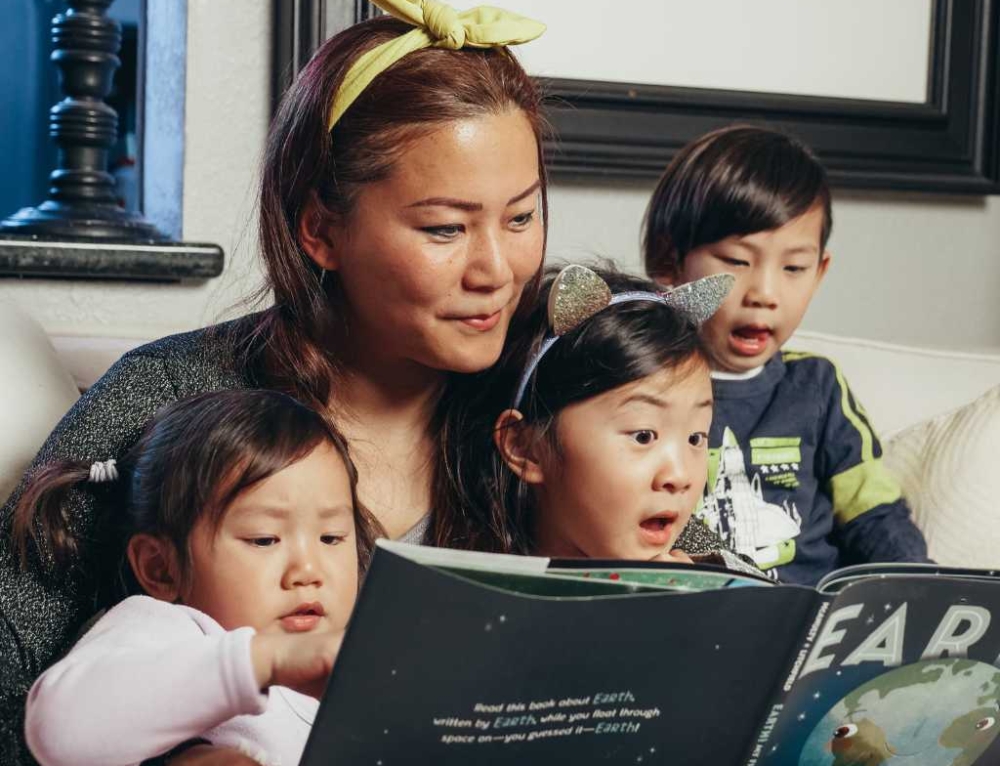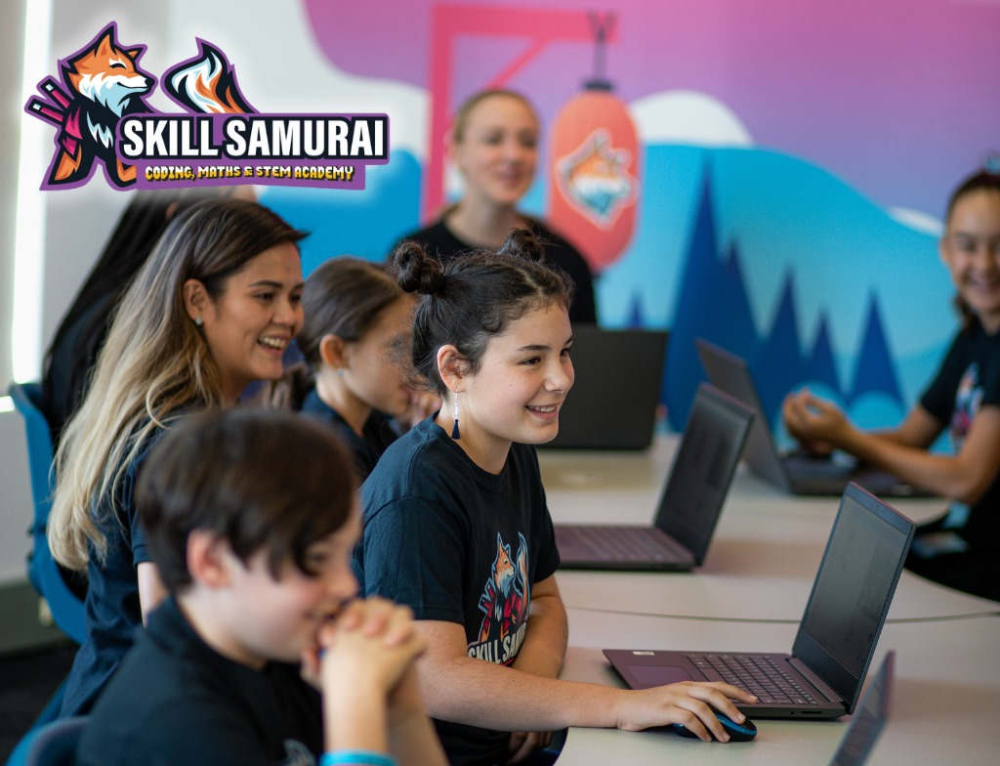If you are moving to Australia with children, it is important to understand the Australian school system. How does it work? What are the options for your children?
This guide will tell you what you need to know about Australian schools, from preschool through to university. Let’s get started!
About the system
The Australian education system is known for its quality and rigour. The country’s education sector is the fifth largest in the world, with over 3 million students enrolled in schools across the nation.
The academic year in Australia begins in late January (or early February) and ends in December. The year is divided into four academic terms and three lots of school holidays, and education is compulsory from the age of 6 until the age of 16.
In the Australian school system, there are four stages of schooling: early childhood education, primary education, secondary education, and tertiary education.
While early childhood education is not compulsory, the majority of Australian children do attend some form of early childhood education, such as preschool or kindergarten. You can read this if you want to know whether your child is ready for school.
Primary education in Australia begins at the age of six and lasts for seven to eight years. Next, secondary education runs from grades seven to ten. You also have senior secondary education, which lasts two years (grades 11 and 12). And finally, tertiary education includes both vocational and higher education.
Types of schools
There are several types of schools in Australia. Here’s a brief overview of them.
Selective schools
There are some schools in Australia that have a selective admissions process, which means they’re only for certain students. These schools accept only students who meet certain academic criteria, such as high test scores or good grades.
Selective schools tend to be very competitive and so is their admission process. They usually start considering applications in August to September each year and are known for offering a higher quality of education than non-selective schools. Plus, they often have better resources and facilities with most of their students having high academic achievement.
If your child is talented, it’s highly recommended that you use Spectrum selective school preparation to get them admitted to a selective school.
Government schools
These are government-funded schools, which are free to attend for Australian citizens and permanent residents. However, if you’re living in Australia on a temporary visa (for example the Temporary Skilled Shortage 482 visa), you may be required to pay for government schools, depending on the State or Territory regulations.
Moreover, government schools follow the curriculum set by the Australian Curriculum, Assessment, and Reporting Authority (ACARA), and are overseen by the state government.
Non-government schools
These schools also receive some government funding but this varies depending upon the socio-economic grading of the school and therefore caregivers are often required to make a co-payment for attendance. They may be run by religious organisations, or by for-profit companies.
Private schools are also required to implement the national curriculum. They may be classified as Catholic or Independent. Catholic Schools have a religious focus and include religious education as part of their curriculum.
About the curriculum
The Australian Curriculum is reviewed and updated regularly to stay relevant and responsive to the needs of students, teachers, and the community.
At the primary level, the curriculum focuses on the core subjects of English, mathematics, science, and history.
In secondary school, students can choose to study a range of electives in addition to the core subjects. Some of the most popular electives include Business Studies, Economics, Design and Technology, and foreign languages.
Finally, tertiary education institutions each have their own specific curriculum.
Entry into the Australian school system
If you are moving to Australia with children, you will need to enrol them in school. The process for enrolling your child in an Australian school depends on their age and whether you are an Australian citizen, permanent resident, or temporary visa holder.
To enrol your child in an Australian school, you will need to provide proof of your child’s age, identity, and vaccination status. You will also need to provide proof of your Australian residency status. If you are a temporary visa holder, you will need to provide proof of your visa status and pay any associated fees.
To find a school in your area, you can search the Australian Government’s My School website or the non-government schools database.
Choosing a school for your child
There are a number of factors to consider when choosing a school for your child. These include the type of school, location, curriculum, extra-curricular activities, and cost. Some of the most popular schools in Australia are:
Kelvin Grove State College in Queensland
This college is a prep to year 12 government school, which offers the International Baccalaureate (IB) program. It is known for its academic excellence and has a diverse student population. You can visit their site for more information.
Yarra Valley Grammar in Victoria
This is a non-government, independent school catering to students from prep to year 12. It sits on a 25-acre campus and offers a comprehensive curriculum. The school has a strong focus on music and the arts, with students often winning prestigious awards in these areas. You can find out more about Yarra Valley Grammar here.
Sydney Grammar School in New South Wales
This is one of the most prestigious selective schools in Australia. It’s a non-government, independent school for boys only, from kindergarten to Year 12. The school has a reputation for academic excellence and offers a broad curriculum. However, it’s one of the most expensive schools out there.
Tertiary education
After completing secondary school, students in Australia can choose to study at a university or enter into vocational training.
Vocational education and training (VET) is offered at both Technical and Further Education (TAFE) institutes and private colleges. They can lead to a certificate, diploma, or advanced diploma qualification. VET programmes aim to provide students with the practical skills and knowledge required for a particular trade or occupation.
Alternatively, university courses typically have a more theoretical focus and can lead to a bachelor’s degree, honours degree, or masters degree.
There are a number of universities located across Australia, with the most prestigious being the University of Melbourne, the Australian National University, and the University of Sydney.
To be eligible to study at a university, you’ll need to have completed an Australian Year 12 qualification (or equivalent) and meet the entry requirements for the chosen course.
If you’re an international student, you’ll need to obtain a student visa before you can begin your studies.
This article was written by Lucy Mitchell, Content Manager for Current.com.au | The Home of Australian Product Reviews, with editing by Kidspot NZ.
The appearance of external hyperlinks does not constitute endorsement by Kidspot NZ of the website, information, products or services contained therein. All views are those of the author.
See more:







Leave A Comment
You must be logged in to post a comment.